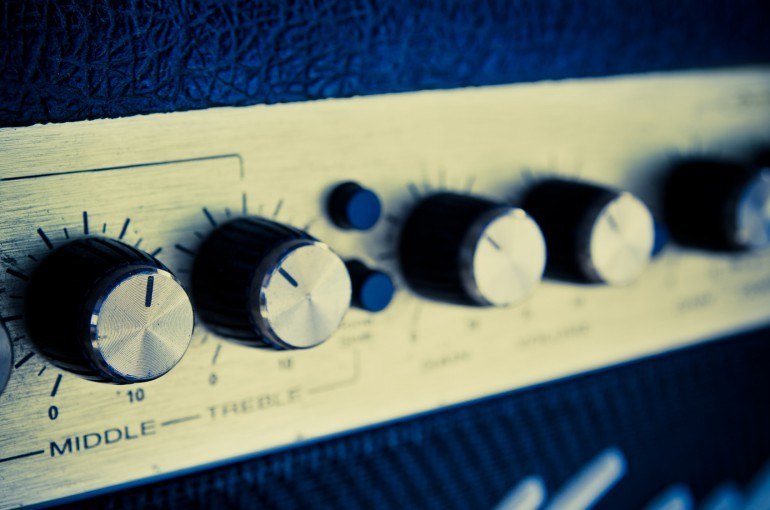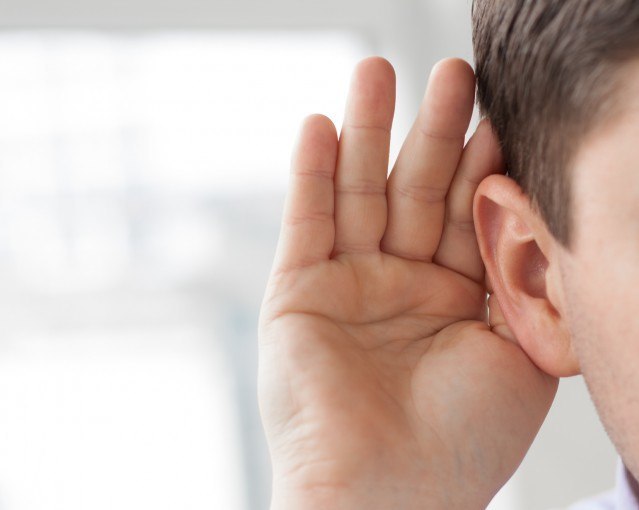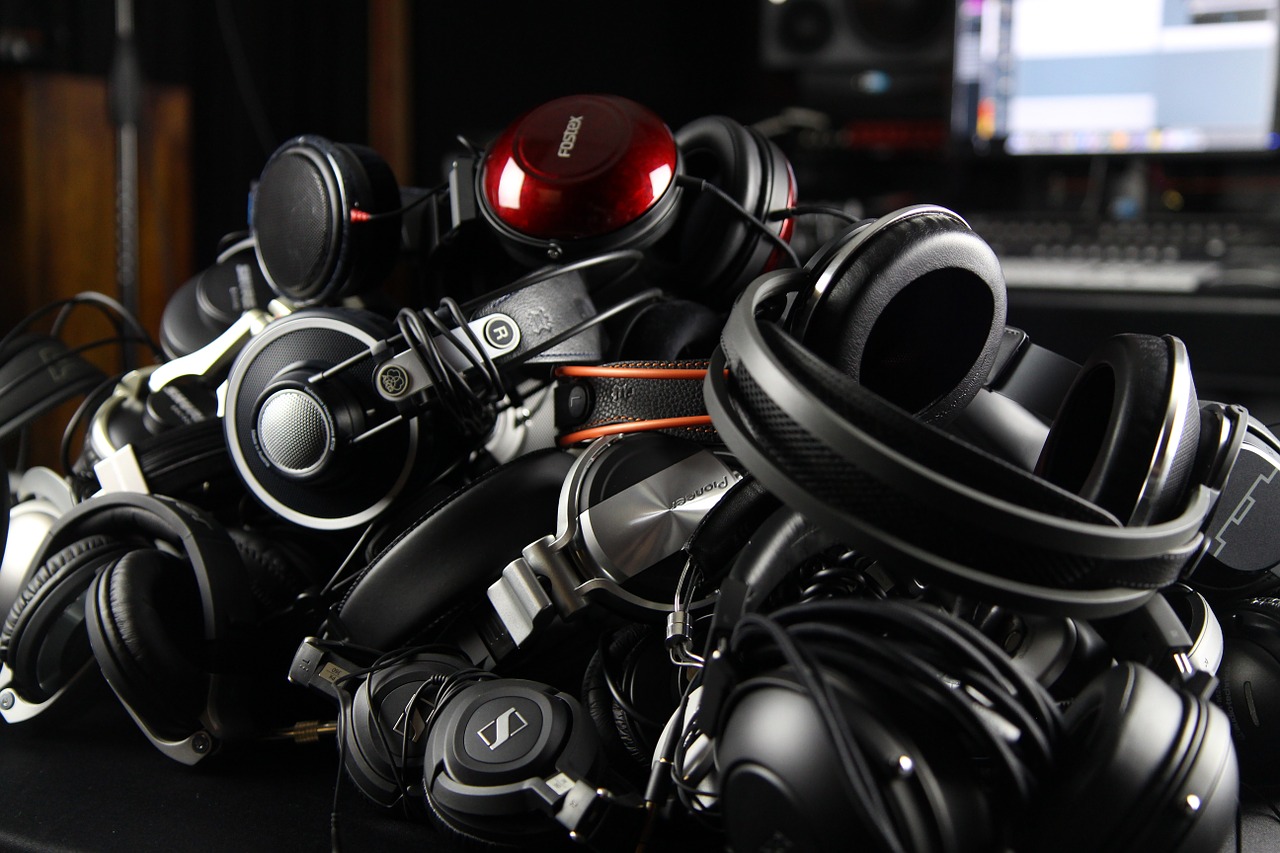Why Do Equalizers Sound Different? Part 2: Implementation
After last week’s toe-dipping into the theoretical design of equalizers, let’s get serious and look at how decisions regarding their real-life implementation affect the outcome.
Intersample Peaks And Beyond
Intersample peaks are one of those scary phenomena in audio that have been overlooked for a long time, until the awareness about the issue started to spread around the turn of the century. But what if there’s even worse issues with heavily compressed and limited music?
High Resolution Audio – The State of the Debate
A recently published meta-study confirms that listeners are able to discriminate high resolution audio recordings from standard ones, at least to some degree. It pays to take a closer look.
How Does Oversampling Sound?
In the final part of the series about the ins and outs of oversampling, it’s time to look at the oversampling process itself and investigate how it affects the audio, even when no other processing is involved.
Continue readingZero-Delay Feedback vs. Oversampling
In the third part of the oversampling series, we look at a case where oversampling is not necessarily the best answer. At the same time, we get a first glimpse at what all the “zero-delay feedback” fuss is about.
Oversampling In Digital Equalizers
We continue our tour through signal-processing algorithms that benefit from high sampling rates. This time we’ll look at what the oversampling option that can be found in many digital equalizer plugins does.
Oversampling In Distortion Effects
Loyal readers of The Science of Sound know I’m not a friend of super-high sampling rates for audio recording. But there are a couple of DSP processes that benefit from oversampling.
Time Resolution in Digital Audio
After having covered the more or less well known basics of digital audio in terms of bit depth and samplerate, I’d like to go one step further and explore another common buzzword: the time domain resolution of digital audio.
About Sampling Rates in Digital Audio
We continue to dive into the foundations of digital audio. I hopefully cleared up a thing or two about the choice of bit depth already. And today I’d like to take you on a short trip into the unwieldy territory of the sampling theorem.
Quantization Noise and Bit Depth
In this early stage in the life of The Science of Sound, I’d like to cover some of the basics especially of digital audio, as these are a recurring source of confusion in many discussions. Today we’ll start with covering the „vertical“ dimension of digital audio: quantization noise and bit depth.








